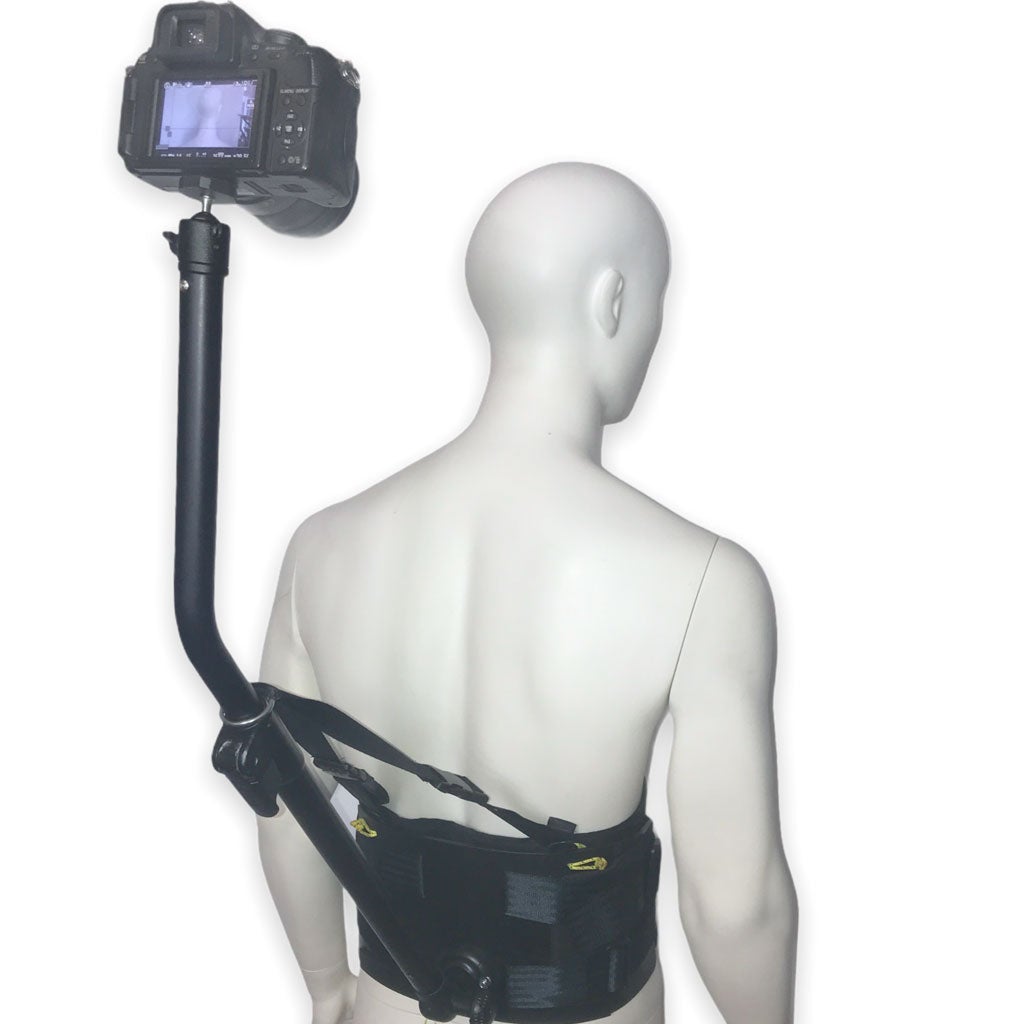Beginner here! and new to OMBE! I’m only just now learning to ride down the face of the wave and if I am able to, I want to push myself to try turning. I’m open to any suggestions or tips for entering this new phase from all of you amazing surfers out there!! I plan on buying a surf skate to help too. (This is Progressive turns at Urbnsurf)
Get the app ->
Terms
∙
Privacy
∙
Surflab.ai
∙
Terms
∙
Privacy
∙
Waiver
∙
Gift Cards
∙
Claim Gift Card
∙



